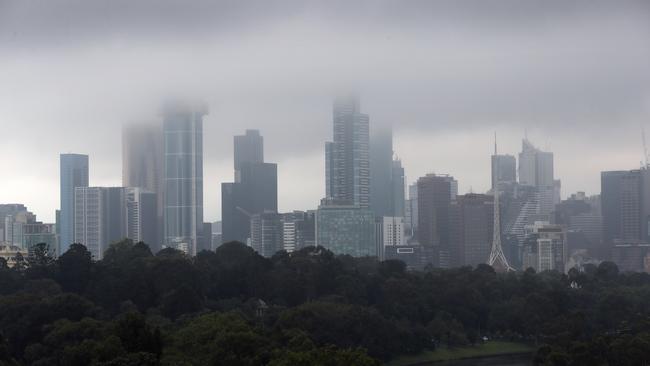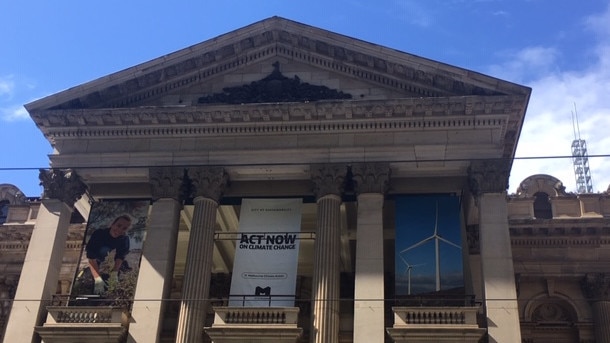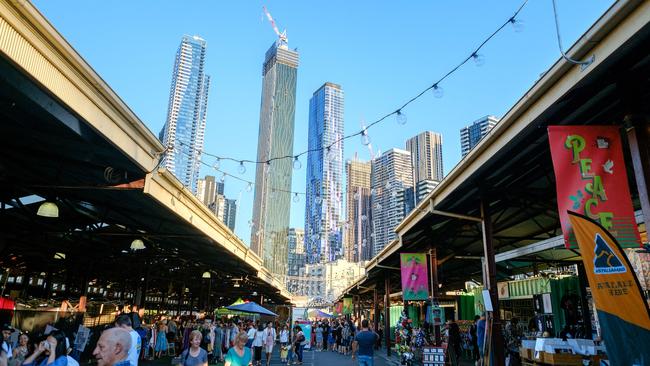Melbourne councils spending billions of dollars on staff wages
Melbourne councils are forking out billions of dollars on wages each year, with highly paid staff fetching eye-watering pay packets while bin collection costs soar. Here’s what your council is spending.

VIC News
Don't miss out on the headlines from VIC News. Followed categories will be added to My News.
Melbourne councils are spending billions of dollars on their wages bills as the number of highly paid staff continues to rise.
A Herald Sun survey of the 31 metro councils found that last year they spent at least $150 million on 948 senior officers, who earn at least $148,000 a year. This was an extra 36 senior officers compared to 2017-18, and doesn’t include top managers on big salary packages.
Pay for chief executive officers ranged from $260,000 to $420,000.
The survey revealed the 31 councils had a total combined wages bill of about $2.5 billion in 2018-19, up $100 million on the previous year.
While the wages bill continues to climb, the Herald Sun revealed this week residents were paying up to 275 per cent more per recycling bin in the wake of China’s ban on taking overseas rubbish and the collapse of waste giant SKM.
And ratepayers will be slugged with higher tip fees, as Victoria’s landfill levy almost doubles over the next three years.
The City of Melbourne council’s annual wages bill reached $253.4 million last year, up by more than $3 million on 2017-18.

As a capital city council with wide responsibilities, the City of Melbourne had the most employees of any Victorian municipality, with 1424 staff as of June 2019, one more than in the previous year. It had 143 senior officers — 18 down on the previous year — and 13 other senior managers.
A council spokeswoman said: “Any modest staffing increases are due to the delivery of capital works projects such as the Queen Victoria Market Renewal, as well as frontline service roles such as customer service and libraries.”
The City of Melbourne was also the number one council for dollars spent on staff per head of population, at $1490 last year. Some other inner-city councils had relatively high numbers such as Yarra ($850) and Port Phillip ($810).
Ratepayers Victoria president Dean Hurlston said senior officers lacked any public performance measures that were reported publicly.
“In ratepayer-funded councils, it is vital that the community can measure the benefit that these sizeable salaries deliver to the community,” he said.
Councils most efficient in terms of the staff cost/population ratio were Melton ($323), Casey ($340), Cardinia ($350) and Monash ($383). In 2018-19, Wyndham City, which covers the booming outer west, paid $143 million in employee costs, up $12 million on the previous year.

The number of senior officers jumped by 27 to 68, while Mornington Peninsula Shire went from 18 to 27.
The City of Casey, which will be sacked by the Andrews Government, had a wages bill of $116 million in 2018-19, up $3 million on the previous year. Casey had 41 senior officers, down three on 2017-18.
Boroondara Council, in the city’s inner east, had a wages bill of $92.3 million, up from $84.2 million in 2017-18.
The council had 49 senior officers last year, up nine in a year. Port Phillip Council’s employee bill was $91.6 million, up by almost $4 million, while it had 31 senior officers, up four.
In the city’s north, Moonee Valley Council spent $88.5 million on wages, up $4 million on 2017-18, while the number of senior officers increased by five to 22.
MORE NEWS
RADICAL TAX PROPOSED TO BOOST CHEAPER HOUSING
YARRA TRAMS PAY DEAL REVEALED AS DISPUTE ENDS
— Additional reporting by Miles Proust and Selin Zaya
